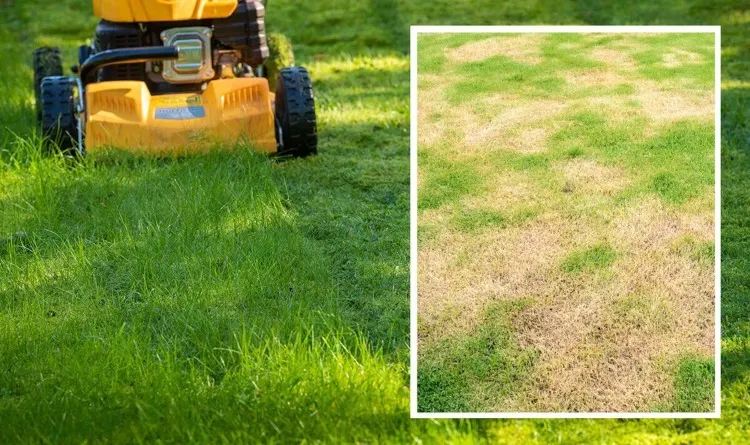There are some lawn care mistakes that are often made. We explain what these are and how to avoid them. In this way, bare patches in the lawn and uneven growth can be avoided.
Common lawn care mistakes after winter
Winter is the period when grass stops growing. However, this resting phase does not mean that you should neglect your lawn. Especially in March, at the end of the winter season, most hobby gardeners make a few mistakes that lead to bare spots and uneven surfaces.
1. Mow the lawn too short: This slows down growth

In March, most hobby gardeners go outside and enthusiastically start gardening. This includes mowing the lawn. But be careful – you should never mow the lawn too short. The rule of thumb is that you can shorten the blades of grass by a maximum of 1/3. Cutting more will weaken the grass and slow growth. Bald spots and moss are often the result.
2. Mistakes in care: Remove clippings
Many gardeners remove clippings immediately after cutting. It’s actually only a mistake if the lawn is otherwise healthy and you don’t notice any moss or weeds. In this case, the clippings can remain on the lawn. It fulfills two functions: fertilizes the soil and is more environmentally friendly than disposing of the clippings. However, if you leave the clippings where they are, you should reduce the amount of fertilizer by around 30%.
3. Lawn care mistake: Fertilize too much
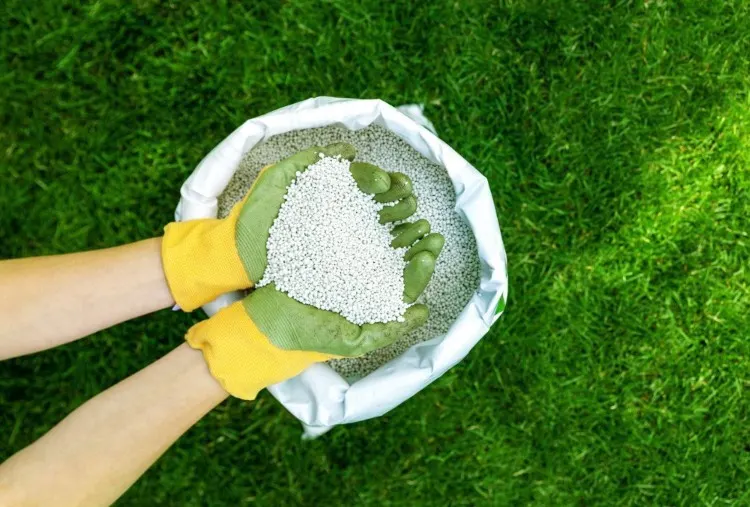
Traditionally, fertilizer application begins in March and April. But even in this case, experts advise against overdoing it. You should be very careful with synthetic fertilizers in particular and apply minimum quantities at the start of the gardening season. There are fertilizers that can damage the entire lawn if you overdo it. Home remedies can also cause damage by significantly increasing the levels of nitrogen in the soil. In many cases, large bald spots are the result.
4. Fertilize in spring and not in summer!
Not only the amount, but also the period in which the fertilizer is applied plays a crucial role in the end result. In March the dormant phase of most types of grass ends and then the growth phase begins. The first application of fertilizer is usually after scarifying, in late spring and late summer additional fertilizers are applied. Midsummer, on the other hand, is not a good time, as you should water the lawn extensively after fertilizing. The lawn is fertilized in autumn to promote root growth and give a boost for the following spring.
5. Lawn care mistake: watering too often
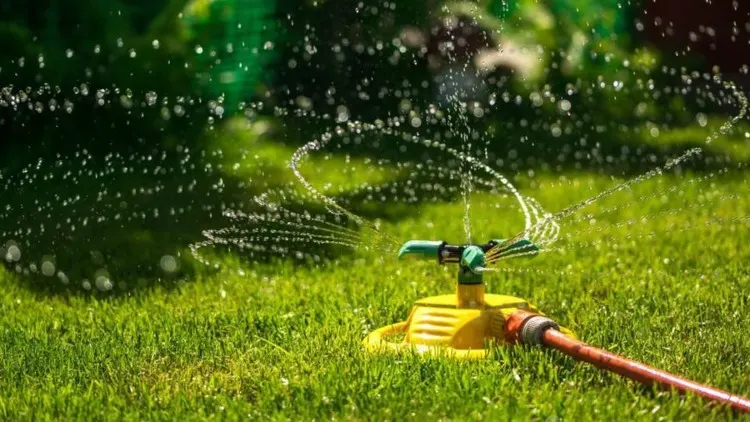
If you water your lawn just as often in spring as in spring, you are doing it wrong. Watering should only be done when it is not raining enough. If you water too often, the grass will not form deep roots because there is sufficient water in the top layer of soil. Then, in the summer when it is dry, the lawn will burn and wither because the shallow roots cannot reach the water deep in the ground. Therefore, water less frequently in the spring, but more extensively.
6. Water in the evening
The lawn will be watered tomorrow morning between 5 and 6 o’clock. So the blades of grass have all day long to dry. Watering the lawn in the evening promotes the growth of fungi and allows the moss to spread.
When attempts to repair fail
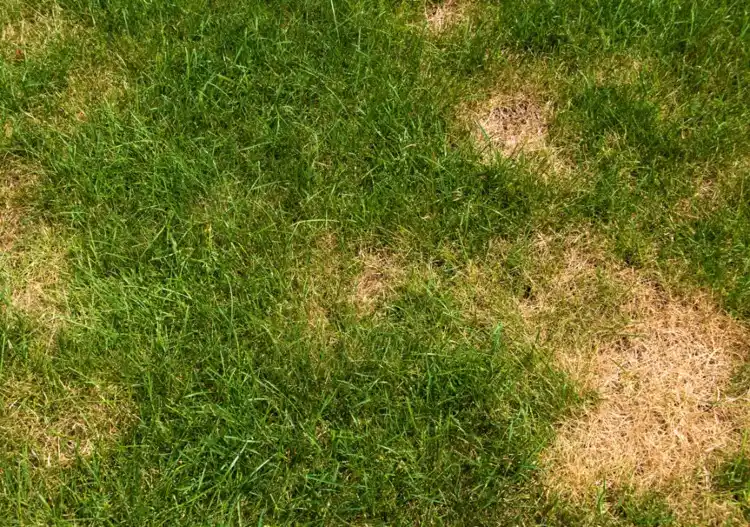
If you have already made mistakes in lawn care, then the attempts to repair it often fail. Why is that and what can be done better next time? We explain.
7. Overseed the lawn: why it doesn’t work in the spring
A possible solution to the problem would be to overseed the bare spots. But if this happens in March and April, the attempts usually fail. This is mainly due to the weather: lawn seeds can hardly tolerate strong temperature differences. In extreme weather, they do not germinate and do not sprout. Late April to mid-May is therefore a better time to overseed the lawn. Then the night frosts are over and it often rains – good conditions for the seeds to sprout quickly.
8. Lawn seed does not come up? Bought the wrong lawn mix
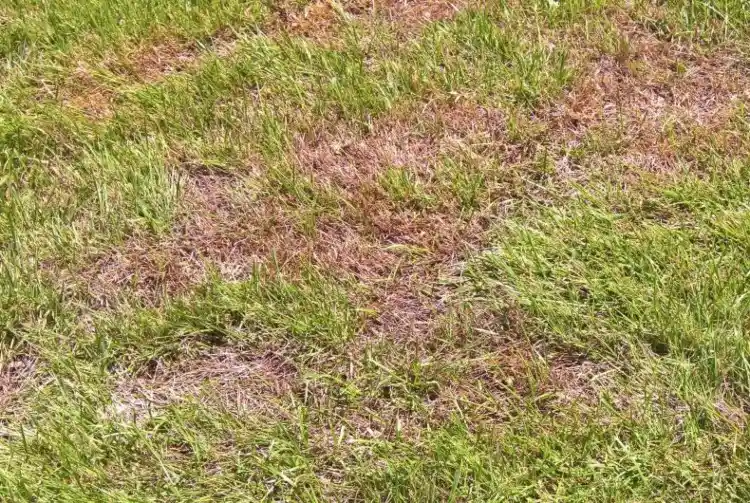
If the lawn seed does not come up, this is often due to incorrect watering (see above). But it can also happen that you have bought the wrong mixture. Inexpensive mixes often contain grass varieties that are not pruning friendly. Regular mowing has negative consequences, but these usually show up in the following year. Bald spots appear because a type of grass has stopped growing and has not survived the winter.
9. Straightening uneven lawn fails: Soil is impermeable
An uneven lawn is the result of dense soil. If the water cannot drain away, bulging spots will form. However, soil improvement is not always necessary. Most of the time, the soil needs some time to recover from the winter. It is therefore better to wait until the beginning of April to fill in holes with a permeable sand mixture.
10. The lawn does not grow thick? Drought and frost are to blame
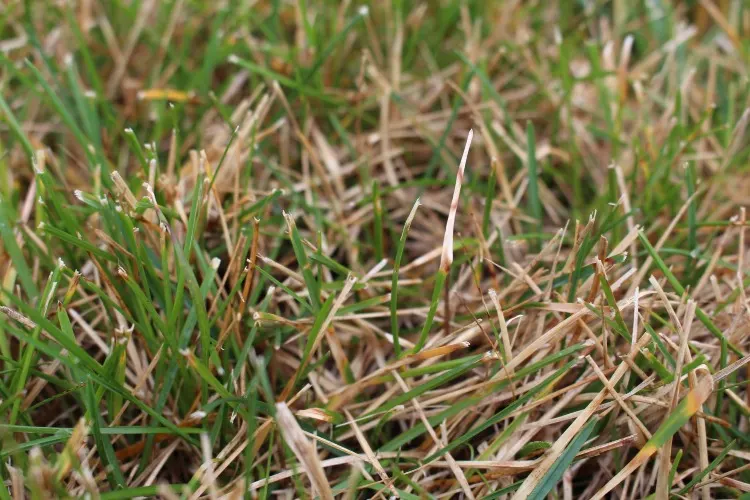
Young blades of grass are very susceptible to frost and drought. If the lawn seeds are sown too early, the frost will prevent them from penetrating the soil and they will not sprout as quickly.
